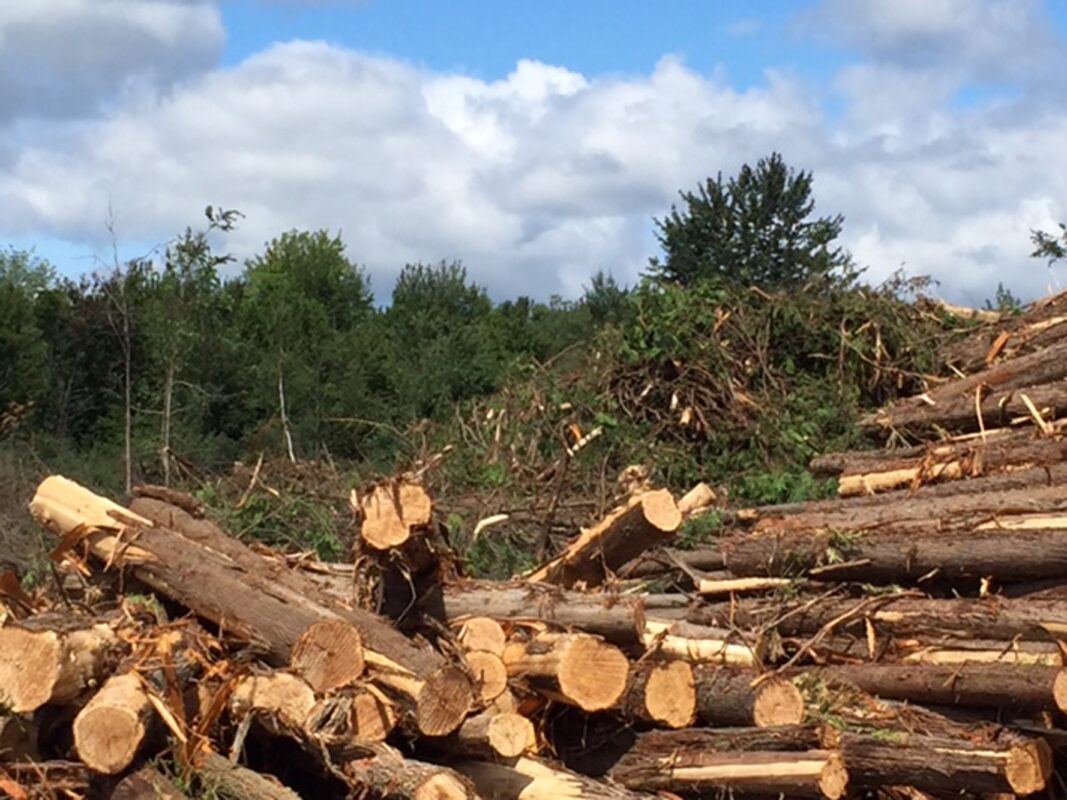
by Albert Dugal, published in the Dec. 1999-Jan. 2000 issue of PEN
Leitrim Wetland, one of Ottawa-Carleton’s most outstanding natural areas, is threatened by proposed urban development.
This provincially significant Class 1 wetland straddles Albion Road southeast of the Macdonald-Cartier Airport. One-fifth of Leitrim is federally owned by Transport Canada. The remainder belongs to individuals and developers.
This 400-hectare wetland is home to over 200 species of regionally significant plants, at least 90 species of birds, a small herd of deer, a variety of fish and amphibians, numerous insect species, and a provincially rare snail. Leitrim Wetland has been listed by the Canadian Coalition for Biodiversity as one of Canada’s biodiversity “hot spots.”
Although only one-tenth the size of Mer Bleue — a globally significant site — Leitrim harbours more species of significant plants, and is at least 1,000 years older. Leitrim contains stands of 200-year-old cedars, as well as white pine, hemlock and larch up to 250 years in age. These are some of the oldest trees in the Ottawa area, and they are unique in North America.
In 1993, the Canadian Wildlife Service wrote: “The C.W.S. considers that the net environmental effects of the proposed development on the Leitrim Wetland are unacceptable…In order to attempt to protect both the wetland area and function, it is further recommended that 120 metres of adjacent lands bordering the wetlands be secured.”
Under current plans, about 101 hectares — over one-quarter of the wetland — will be destroyed for urban development.
Construction of the proposed stormwater management system and subdivisions would result in massive damage to the wetland. Several large woodlands, over 70 percent of the marsh areas, and over 60 percent of the willow swales and alder thickets would be destroyed. Nineteen species of regionally significant plants occur only in these areas.
Animals will also be adversely affected, as the edges of the wetland contain the most diversity. As a full inventory of wildlife in this area has never been done, it is impossible to assess how many species will disappear entirely.
The drainage works of the proposed development will devastate the main body of Findlay Creek and destroy its tributaries, thus destroying an extensive fish habitat.
Other threats to the wetland loom on the horizon. The Regional Government plans to extend Armstrong Road through the southern section of the wetland. This will introduce additional pollutants (salt, carbon monoxide, and ground level ozone), as well as noise pollution. Road construction will damage surface and groundwater flows.
The proposed development infringes on 9 of the 12 objectives in the Natural Environment Section of Ottawa-Carleton’s 1997 Official Plan.
The presence of a large population of people and pets will also be harmful. There will be predation of birds by cats, as well as harassment of the deer herd by dogs. The drainage required for the housing development and the stormwater pond will cause a water level drop in the nearby northern fen and increase the rate of peat decay, releasing large amounts of C02 — a greenhouse gas — to the atmosphere. As the peat decays, the soil level will fall, destabilizing trees and leaving them vulnerable to windstorms. Ultimately, most of the wetland will be destroyed.
The proposed massive drainage works could accelerate leaching of toxics from the nearby Gloucester Landfill Site on Transport Canada lands. A probable carcinogen has already crept under part of the wetland.
To date, the Federal Government has done little to protect the wetland. In 1991, the Federal Government unveiled its Wetland Conservation Policy, the objective of which is to “promote the conservation of Canada’s wetlands to sustain their ecological and socio-economic functions now and in the future.” The Federal Wetland Policy clearly applies to Leitrim Wetland.
To express your concern about protecting the Leitrim Wetland, please write to: 1) your regional councilor, 2) the Mayor, and 3) The Honorable David Anderson, Minister of the Environment, Environment Canada, requesting that the entire wetland plus a 120-metre buffer around it be protected. It is worth noting that the boundaries shown in the 1997 Regional Official Plan are political, not natural, and encompass only three-quarters of the wetland.
Further information may be obtained from the Sierra Club of Canada local group at 241-4611.
Albert Dugal is a member of the Leitrim Wetlands Subcommittee of the Sierra Club – Local Ottawa Group. He is a botanist and wetland expert, retired from the Canadian Museum of Nature.
